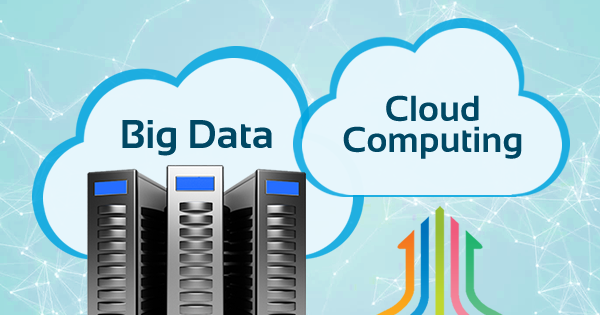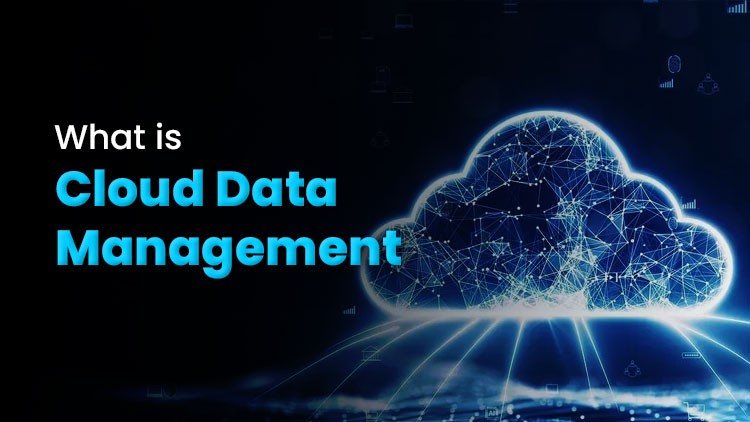Cloud computing has emerged as a cornerstone in the era of big data and analytics, allowing businesses to utilize humongous amounts of data and derive actionable insights in a cost-effective and efficient manner. Here is an overview of the synergy between cloud computing and big data analytics, along with its benefits and challenges:
1. The Role of Cloud Computing in Big Data Analytics
Cloud computing provides the infrastructure, platforms, and services to process and analyze massive datasets generated in today's digital age.
Scalable Infrastructure
Big data workloads are unpredictable and can fluctuate. Cloud platforms provide on-demand scalability, allowing businesses to scale up or down based on data processing needs.
Data Storage
Cloud services offer unlimited and flexible storage options (e.g., Amazon S3, Google Cloud Storage) that can handle structured, unstructured, and semi-structured data.
Computing Power
Clouds allow high-performance computing capabilities to handle big data by providing distributed computing frameworks, for instance, Hadoop and Spark.
Integration with Analytics Tools
Native analytics services in the cloud, such as AWS Redshift, Google BigQuery, and Azure Synapse, make big data analysis much easier.
Integrating with ML and AI tools like TensorFlow and AWS SageMaker enables the use of predictive analytics and advanced modeling.
2. Advantages of Cloud Computing for Big Data Analytics
Cost-Effective
Pay-as-you-go pricing does not require expensive on-premise infrastructure.
Does not incur capital expenditure at the outset; it is an operational expenditure.
Flexibility and Accessibility
Enables teams to access and analyze data from anywhere, which fosters collaboration.
Supports multiple use cases, from real-time analytics to batch processing.
Speed and Agility
Analytics solutions can be deployed much faster with pre-built services.
Real-time data streaming and analysis tools reduce time to insights.
Data Security and Compliance
Cloud providers provide strong security solutions, such as encryption, firewalls, and compliance certifications (e.g., GDPR, HIPAA).
Innovation
Cloud offers the latest technologies such as serverless computing, edge computing, and AI-based analytics, which drives innovation.
3. Applications of Cloud Computing in Big Data Analytics
Real-Time Analytics
Use cases: Fraud detection, Predictive maintenance, Personalized marketing.
Example: Apache Kafka or AWS Kinesis for streaming data platforms.
Data Warehousing and Mining
Centralized storage for query and analysis with business intelligence support to use Tableau and Power BI.
Building models with predictive analytics, NLP, image recognition through AI/ML
Data processing at IoT Edge through IoT for Smart cities and Healthcare applications; Self-Driving Car apps.
Consumer behavior and market response
Consumer behavior can be improved while also gaining the necessary leads and thus creating targeted marketing efforts in 4. Data Security and Privacy Using Cloud Analytics for Big Data
Threats of cloud storage.
Control measure: Employ encryption, role-based access, and multi-factor authentication.
Latency and Bandwidth
Data transfer delay could hinder real-time analytics
Control measure: Use edge computing to process data nearer to the source.
Cost Management
Although cost-friendly, bad resource management can also have expensive surprises.
Control measure: Track usage with cloud cost management tools.
Integration Complexity
Cloud solutions integration can be complex with legacy systems
Control measure: Use APIs and middleware to make the integration easier.
5. Future Trends in Cloud Computing and Big Data Analytics
Hybrid and Multi-Cloud Architectures
On-premise and cloud hybrid to achieve flexibility and control.
Using multiple cloud vendors to optimize performance and prevent vendor lock-in.
Serverless Architecture
Big data workflows are simplified as the developer focuses on analytics rather than server management.
AI-Driven Analytics
AI is increasingly applied to automate data processing to produce insights faster.
Quantum Computing
Emerging quantum cloud services will transform the speed and scale of big data analytics.



No comments:
Post a Comment